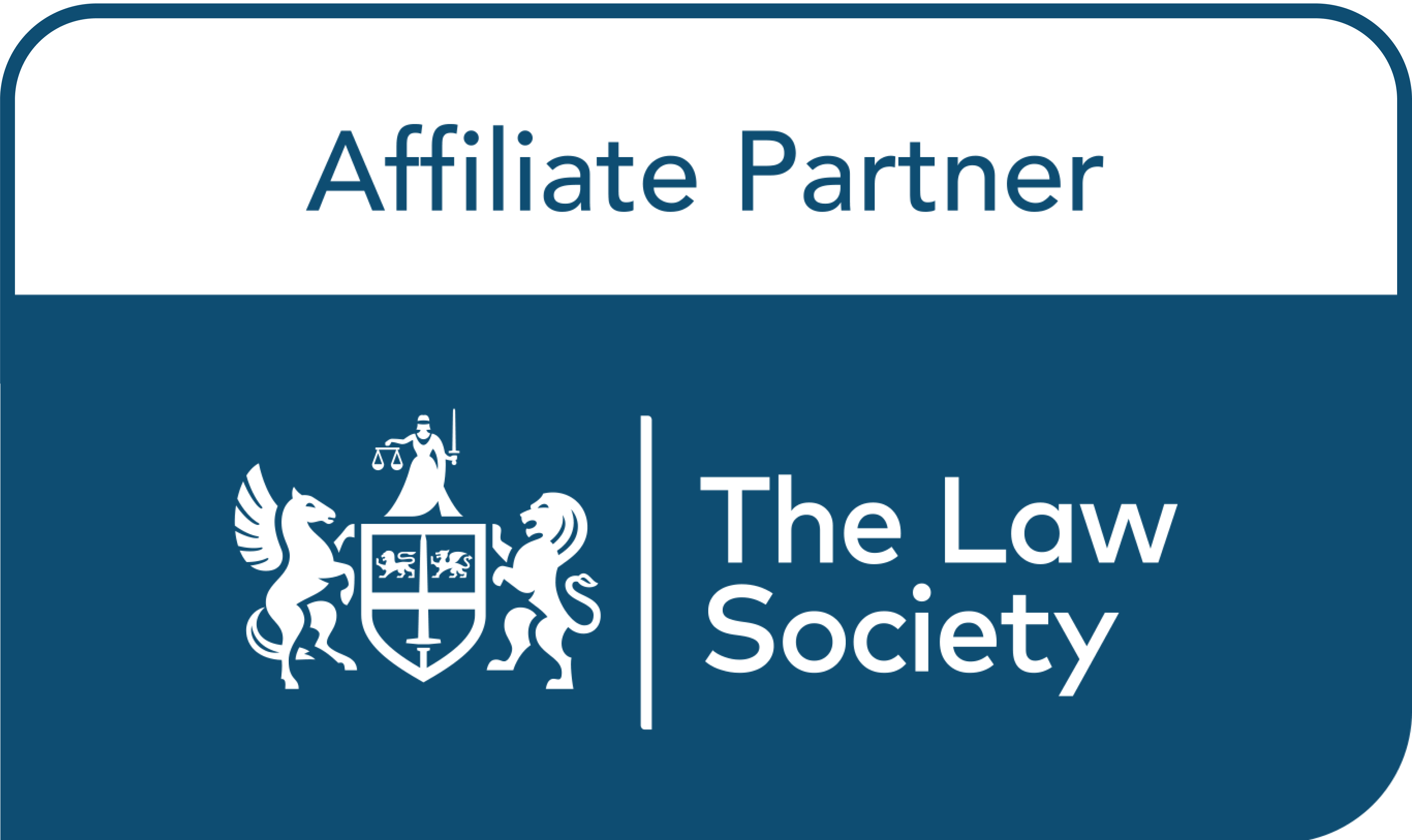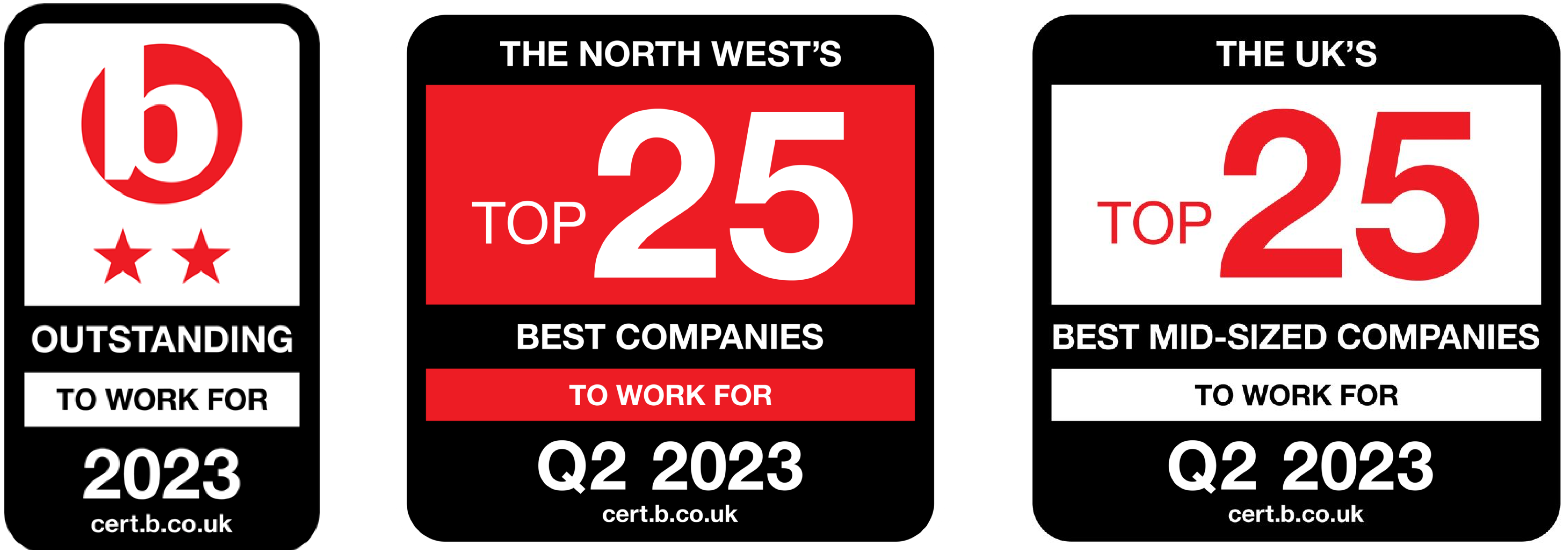
Quill Forms just got even better
18/08/20For those who haven’t yet heard about our 2,000+ forms library, there’s never been a more fitting time to welcome you to Quill Forms.
Our extensive catalogue of sorted-by-specialism legal forms is handily accessed straight from Interactive and powered by FormEvo.
What’s new?
For those already familiar with Quill Forms, welcome to what’s new! You see, we’re always enhancing and adding functionality, and strengthening integration between Interactive and FormEvo. The reason for this development focus is simple: to streamline your user experience and empower you to work less yet get more done.
How can Quill Forms help me?
First up, if you’re wondering what Quill Forms already does, how’s this for starters… centrally stored essential forms in your Interactive ‘Document Hub’, auto-populated practice details into form fields, securely shared forms with clients or counsel, electronic submissions to the likes of HMRC and Companies House, and optional bundling for speedy court pack production?
This will save you time, increase accuracy, improve collaboration, comply with government agency requirements respectively and prepare for court with ease.
It’s worth noting here that this is by no means an exhaustive list of what you can do within Quill Forms currently. If you’re keen to learn more about the tools already at your fingertips, visit here.
Sampling of forms
In the meantime, here’s just a sampling of the most popular forms available to you through Quill Forms:
| FORM NAME | DETAILS |
| MR01 | Companies house eSubmit – register particulars of a mortgage or charge |
| MR04 | Use this form to register a statement of satisfaction in full or in part of a mortgage or charge against a company. |
| TA6 | The Law Society’s Property Information Form, also known as TA6, is completed by a property seller to give a potential buyer detailed information about the property being sold. |
| IHT 400 | Inheritance Tax |
| TA10 | Fitting and Contents form |
| TR1 | Registered Titles(S) Whole transfer |
| TA13 | Completion information and requisitions on title |
| N1 | Used to start a civil claim |
| TA7 | Leasehold Information Form |
| SCS1 | Appeal a social security benefits decision (Notice of appeal) |
| LL MR01 | Particulars of a charge created by a Limited Liability Partnership (LLP) |
| LPE1 | Leasehold Property Enquires |
| D8 | Application for a divorce, dissolution or (judicial) separation |
| IHT205 | Inheritance Tax – Return of estate information |
| IHT421 | Inheritance Tax – Probate Summary |
| IHT406 | Inheritance Tax – Bank and Building Society Accounts |
| IHT407 | Inheritance Tax – Household and Personal Goods |
| IHT411 | Inheritance Tax – listed stocks and shares |
| IHT405 | Houses, land, buildings and interests in land |
| IHT410 | Inheritance Tax – life assurance and annuities |
| IHT402 | Inheritance Tax – claim to transfer unused nil rate band |
| IHT435 | Claim the residence nil rate band |
| IHTC4 | Use Form C4 to correct the Inheritance Tax paid on Form IHT400. |
| IHT404 | Inheritance Tax – jointly owned assets |
| IHT403 | Inheritance Tax – gifts and other transfers of value |
About the Forms integration:
Our development team has been busy integrating FormEvo, so now everything can be easily accessed through Quill’s Interactive Cloud via the ‘Document Hub’ or ‘Case Documents’ areas. No need to switch platforms anymore!
You can download forms as PDFs onto your desktop, plus see the status of all your live forms within the Interactive suite, be it new, draft, pending or complete. This provides a firmer hold on case progress and clearer audit trail of the various form versions. That’s a huge time saver on its own.
Next up, here’s a teaser of what’s to come – further form integration and even more prepopulated fields. Along with that, you’ll be able to save PDF copy of forms in their accompanying case folders. This will make managing matters and version control even easier.
Why Quill Forms?
More from our blog
18th August
Document management made easier and better with release of DocsHub
Quill launches DocsHub, which seamlessly integrates with Microsoft Office to facilitate the simple creation, editing and storage of templates, letters and emails.

18th August
Five practical tips to improve your document management
DocsHub brings all your files, emails and legal forms together. Here are our five best practices to make a document management system a breeze.

18th August
Case study: Vanguard Law
Family solicitor and entrepreneur, Hannah Paddock, who branched out as a sole practitioner four years ago and has since grown to an eight-strong company, advocates outsourcing as a business model for success.


